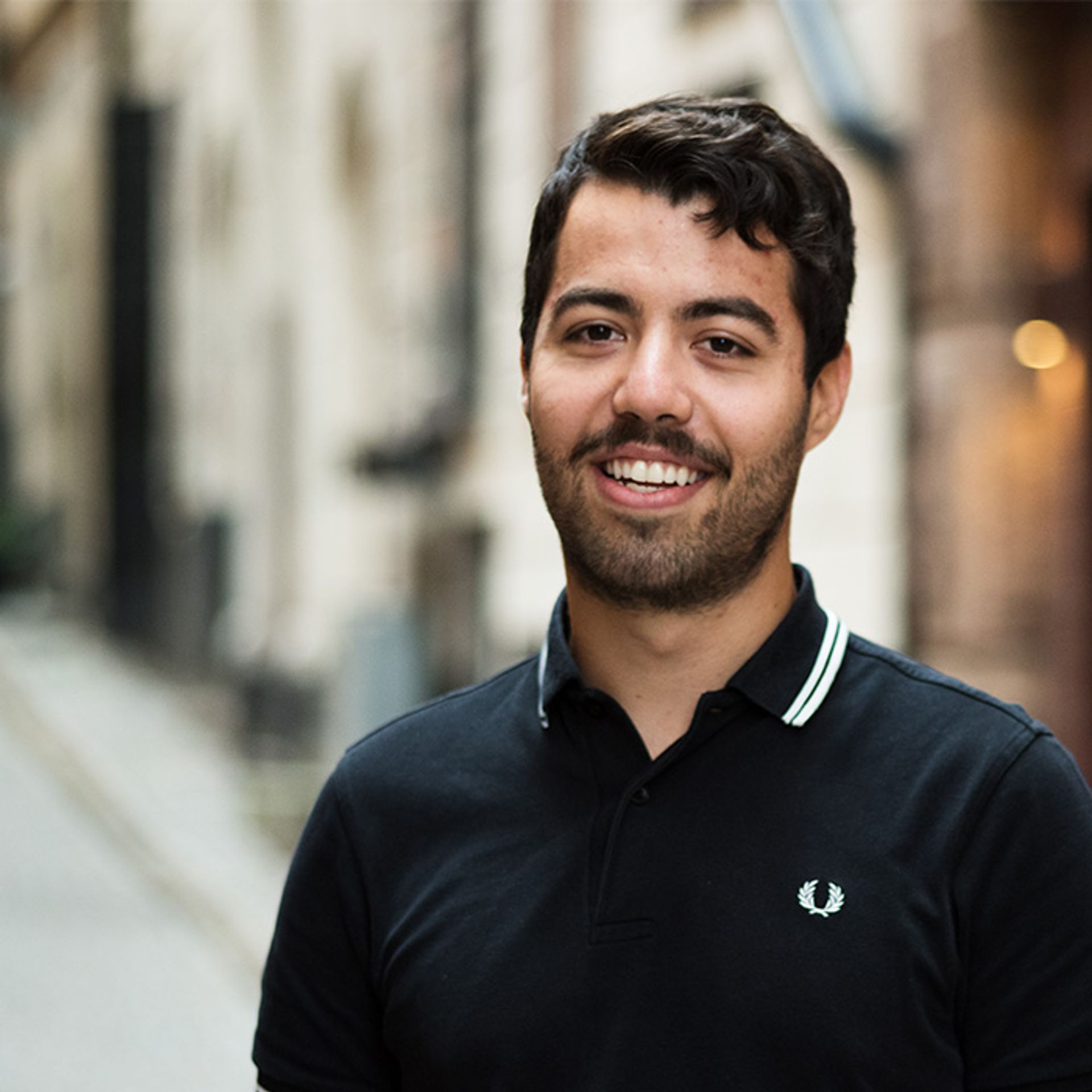
Written by Lara
27 Oct 2017
Arriving early in Sweden in order to attend to all the activities and lectures offered by Lund University during the Orientation Weeks was one of my priorities.
And I am glad I did because it was such an amazing opportunity to get in touch with the Swedish culture, understand the academic life in Lund and get some important insights about life in general.
One of the best things I heard there was that Single-tasking is becoming a trend – not only amongst students – and this idea actually blew my mind!
But, why? I don’t know about you, friend, but I have been taught during my whole life that multi-tasking was the only way to deal with the future and that there was no way to thrive without mastering this skill.
So, I became good, very very good at the art of multi-tasking and applied that to every area of my life and every single day.
And I bet you did it as well, am I right? If you don’t agree, please take a moment to think about how many times you check your phone to answer emails or messages on social media while you are supposed to be only with your friends or family…
Or even how many times you turned on the computer to work on a project or study and spend time looking at stuff that did not make sense at the moment.
I know, it is hard to admit it, but in fact, studying, working and socializing this way has become addicting and I am actually having a hard time to change the mindset of someone who used too many things at once to be focused on only one thing, which is studying.
So, I am here to tell you why and how we can change this in order to get a better performance at our studies.
WHY SINGLE-TASKING HABITS ARE BETTER FOR US
Nowadays is very hard to realize how toxic multitasking habits can be to our brains and mental health.
Especially because we find ourselves surrounded by environments that value and award multi-tasking skills as an expression of intelligence and efficiency.
Little did I know that such practice is not a workout for the brain, but instead, a damaging pattern that makes us exhausts zaps cognitive resources and decreased sharpness. Quite the opposite!
In my research, I found out that chronic multitaskers also have increased levels of cortisol, the stress hormone, which can damage the memory region of the brain and I could totally relate to this symptoms.
In a nutshell, our brains were not designed to do more than one thing at a time and if you try to do so, especially connecting simultaneously with emails, smartphones, social media, and other activities, it becomes a difficult hard habit to break.
However, it is not too late to look for the cure for our chronic multi-tasking addiction and recent studies provide evidence that adopting healthier thinking habits and improved cognitive strategies can train your brain to think more strategically and efficiently, which means better outcomes in our studies!
HOW TO ADOPT SINGLE-TASK HABITS (ACCORDING TO SPECIALISTS)

It is not easy to adopt a single-tasking lifestyle in such a chaotic and immediatist world.
So, it is important that you know that you will need to create and follow some strategies to release the innovative and efficient thinking that your brain is retaining.
However, the benefits of your efforts should be immediate and immense, as it will increase your creativity, energy, and focus.
Make some pauses
Studies show that we are more productive if we allow some pauses during the day to avoid mentally challenging tasks for 5 minutes.
That is very important because you will give yourself a possibility to get some fresh air or even use this time to check your social media instead of paying attention to it the whole day.
Focus deeply on one thing at a time
Well, nobody is saying it is easy to silence your phone, turn off your email and focus on just one task at a time.
But, these are needed actions to increase your concentration, accuracy, innovation, and speed.
So, try to start with 15-minute intervals and work your way up to longer time periods, allowing yourself to give full attention to the project at hand.
WHAT STRATEGIES I AM USING TO IMPLEMENT A SINGLE-TASKING LIFESTYLE
Planning in advance
I printed a monthly to-do list to organize my activities in advance and identify my priorities.
It feels so good to have my whole month planned and a constant reminder of how much time I have to achieve the goals I set for myself.
So, I would say that planning is crucial to living a single-tasking lifestyle because you can put in the paper your notes and release your brain to concentrate on what matters the most.
Pomodoro Technique
I am currently using a program that helps me with the full concentration requirement.
The is a time management method developed by Francesco Cirillo in the late 1980s and it is used as a timer to break down work into intervals, traditionally 25 minutes in length, separated by short breaks.
Check the post about the Pomodoro Technique published on the blog here and if you are interested I suggest you download the program Tomight for desktop devices and Goodtime for your smartphone.
Yoga and Meditation
These activities are my old friends and it is very good to count on them in this new phase of my life.
I find it very helpful, especially to enhance your focus and efficiency on your studies and I would suggest free online platforms as a good way to start.
My favorite Youtube channel for Yoga classes is Yoga With Adriene and my favorite meditation website is Fragrant Heart.
I suggest you use them without moderation and look for audios or videos that will support you the most.
Well, my friends, I used to think it was not possible to change or minimize my multi-tasking way of life and I am very glad that Sweden has shown me that I need to face this new challenge.
What about you? Do you also feel overwhelmed with so much to do at the same time? Maybe you should try these tips and check if you get better results on your studies 🙂





